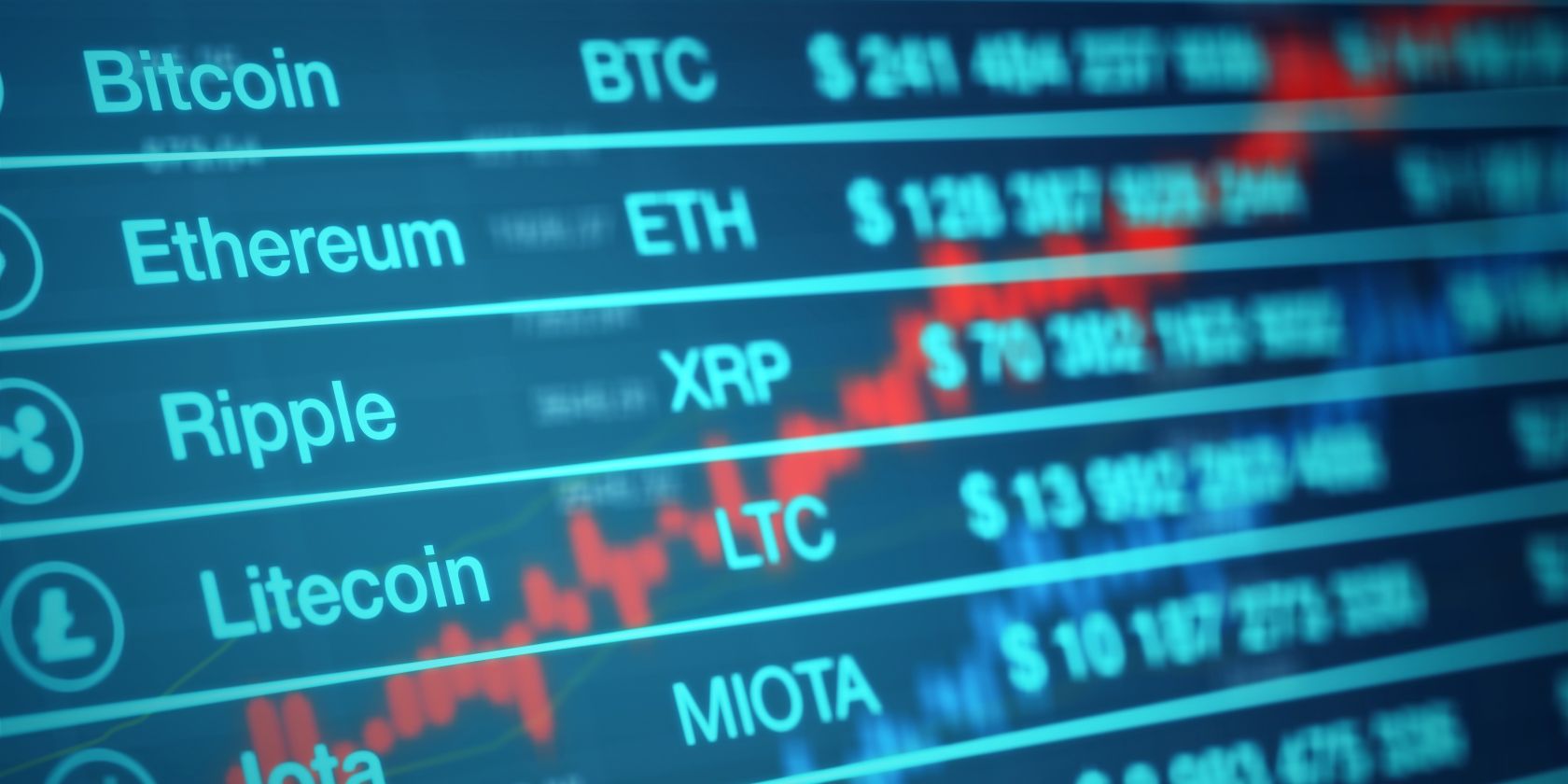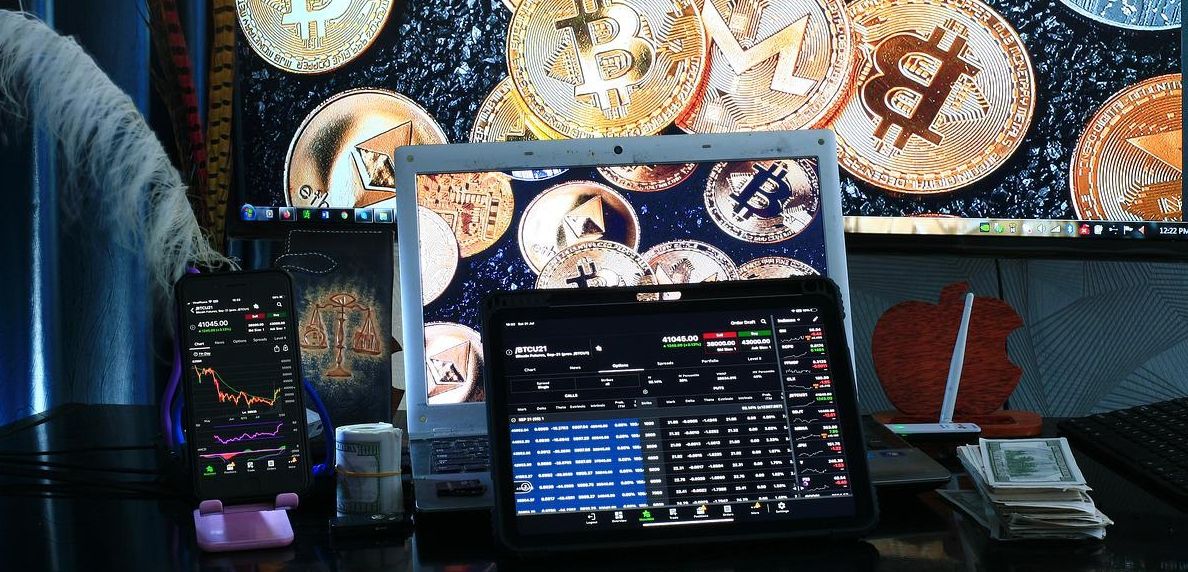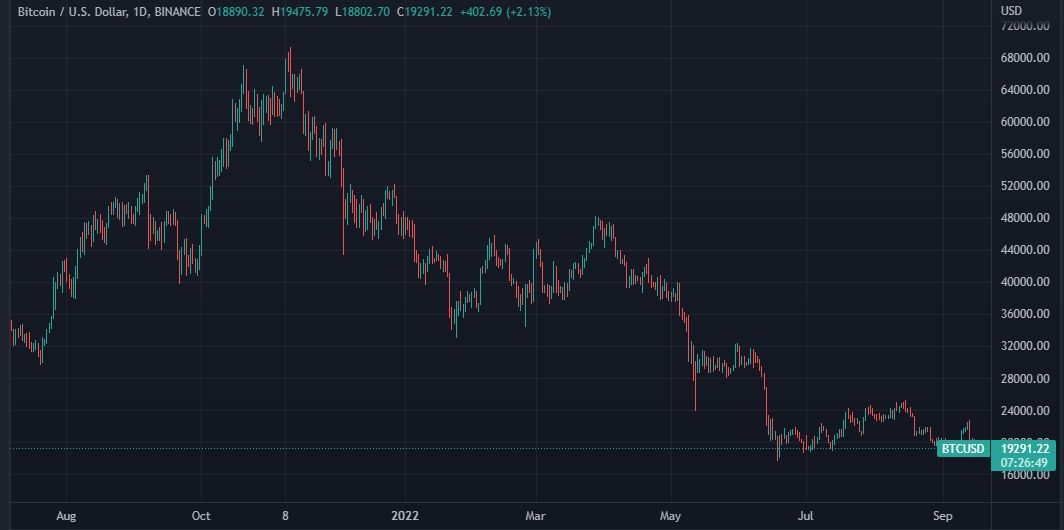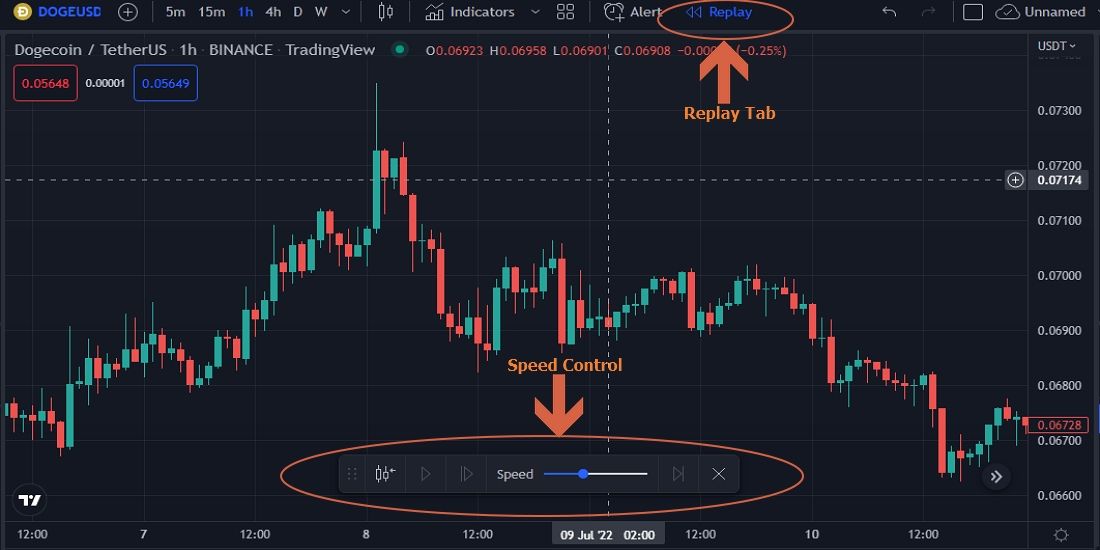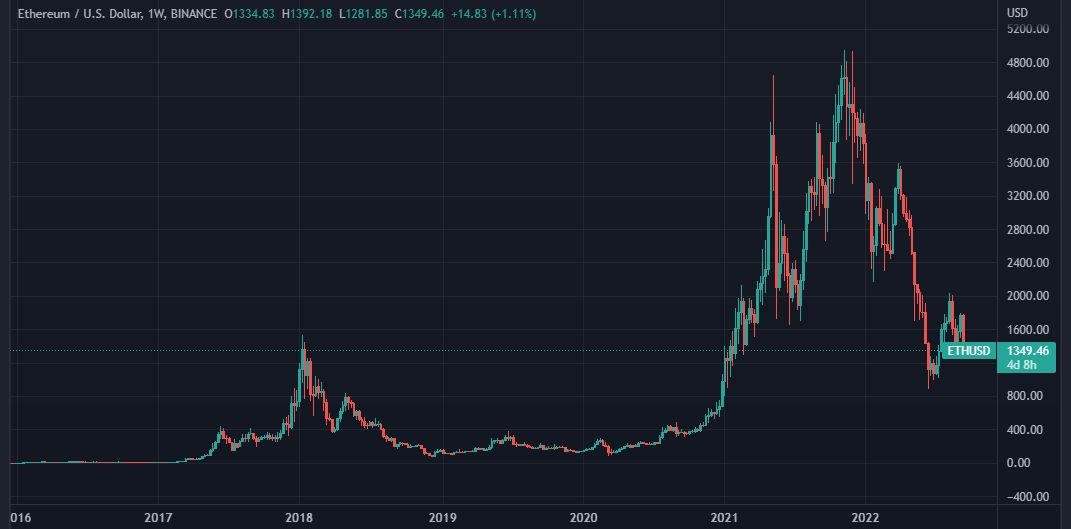Before you buy a phone, laptop, or anything else, you want to be sure it works by testing it out; this same practice should be carried out in trading. You must not put your trading strategy to use in the live market without testing if it works or at least having an idea of the results it can yield, which is why you need to backtest it.
What Is Backtesting?
Many new traders go through the cycle of developing a strategy that appears to work, using it for a while, and abandoning it after losing a string of trades. They then look for other strategies and repeat the cycle. As a result, many of them give up on trading, believing no one can be consistently profitable in the crypto market or that crypto trading is not for them.
So, instead of going through the cycle of stopping to use a trading strategy and picking another when you begin losing trades, you can test your strategy with data to see how it would have fared over time without risking any money. A positive result will help you have more confidence in such a strategy.
Backtesting allows you to assess the potential performance of your crypto trading strategy based on historical data. The idea is that whatever result a strategy produces on historical data will likely repeat itself. Thus, a strategy that produces good results from testing it over historical data has a high chance of performing well in future market conditions and vice versa.
4 Reasons You Should Backtest Your Trading Strategy
Below are some advantages of backtesting your trading strategy.
1. A Zero-Risk Strategy Testing
You won't have to risk your trading capital when backtesting your strategy. Rather than testing your trading strategy on a live trading account, backtesting is an ideal solution.
2. Fine-Tune Your Strategy
Backtesting reveals the strengths and weaknesses of your strategy. Then, you can use the information to adjust the strategy to your trading needs and personality type.
3. More Trust in Your Trading Strategy
Backtesting allows you to try different market strategies to choose the best one. This practice will increase your confidence in your strategy, especially if it performs well across a large chunk of market data.
4. Get New Ideas
Since the backtesting process exposes you to a lot of data, you will likely see more repetitive trading patterns, making it possible to get new trading ideas in the process.
Two Ways to Backtest Your Strategy
Backtesting your crypto strategy can either be done manually or automatically.
Manual Backtesting
Manually backtesting your strategy will require placing trades on the historical data yourself. To perform manual backtesting, you have to carry out the following steps.
-
After opening an account with a reliable crypto exchange, open the chart setup of your desired asset.
- Backtesting requires a strategy. You must also decide on the tools and indicators you want to use. For example, your strategy could be to trade trend rebounds (either bearish or bullish) on BTCUSD on a one-hour time frame after the price bounces off the 61.8% level using the Fibonacci retracement tool. The 61.8% Fibonacci level must also form a confluence with the trendline to validate the move.
- Since you now have a strategy, the next thing is to scroll back to where you want to start the backtest. In the case of BTCUSD, you can start from as far back as 2013. You can then look for trends on the one-hour chart to see the possibility of a trend continuation after a retracement that meets your set requirements.
- When you see a relevant setup, you should use the tools and indicators you wish to test on the chart. In this case, the Fibonacci retracement tool and the trend line. Then, plot the chart like you would have done if you were to trade the move when it initially happened. After doing so, move your chart forward from candlestick to candlestick to see the result. The idea is to move the chart forward slowly to see the trade's outcome and then document the result.
-
As you write down the result, you can keep scrolling to get new setups, use your trading tools to analyze them, and move forward to see what happened. Repeat this process until you've gone through a lot of data. Some platforms like TradingView allow you to play and pause the historical data automatically, so you won't have to scroll yourself. You can also control the replay speed on the chart. This is available to the platform's Pro, Pro+, and Premium users.
Manual backtesting can help you gain a little mastery over the bad trading psychologies since you will be emotionally involved to an extent. The method also does not require you to have any coding skills.
On the flip side, manual backtesting is time-consuming as you will need to analyze a lot of historical data to get your results. It is also easy to make mistakes when tracking your past data or the results. Manually backtesting also becomes more tedious if you try to assess multiple timeframes.
Automated Backtesting
This backtesting method helps you utilize technology to test if your strategy works, typically using coding to streamline the process. It allows you to test your strategies conveniently and faster over a long period. You can then use the generated data to know if your strategy is adequate and what to adjust.
Automated backtesting works the same way that manual backtesting does. You will also have to choose a timeframe, your trading asset, and the strategy to test. The main difference is that you won't have to set up every process, write down every order, and calculate the profit and loss yourself—they are all carried out automatically.
The main challenge of automated backtesting is that you may need to know how to code or at least have easy access to coding experts.
Drawbacks of Backtesting Your Strategy
While testing out your crypto trading strategy is always useful, there are some drawbacks.
Past Success Doesn't Guarantee Future Results
Adjusting and refining your strategy based on historical data results may affect its effectiveness. Market conditions are ever-changing. Therefore, a strategy that worked well in the past may not work well in the future. It is also possible that the historical data you use is characterized by many adverse market events, negative and positive sentiments, etc.
For example, market conditions during the pandemic lockdown of 2020 may not represent regular market conditions, and results obtained through such data may not be a good representation of market conditions in the future.
Crypto Market Is Still New
The crypto market is relatively new, and some tokens don't have enough data to test your strategy. For example, consider Shiba Inu; you can only access charts and data from late 2020, which may not be enough to conclude any defined pattern.
The crypto market is also young and volatile, making it hard to discover definite patterns like in the forex and stock markets. To a great extent, Bitcoin's price still greatly affects the price of many other cryptocurrencies.
3 Important Crypto Backtesting Tips
The following tips will be helpful when testing your strategy.
1. Don't Be Selective With Data
Make sure you use random data sets, not just sets that appear to favor your strategy. You shouldn't cheat yourself by only using past data that make your strategies look good. This practice will only make you fail when using real-time data.
2. Be Thorough
There is no need to rush. Being thorough will help you spot any flaws that causal backtesting might have missed. Do not leave any stone unturned. To be thorough, you must use as much data as possible to see how your strategy works in different market situations.
3. You Will Never Have a Perfect Strategy
All strategies have their flaws or times when they experience losing streaks. All you want to ensure is that whatever trading style you use will be profitable in the long run and give your desired result. You will also need to employ some risk management practices to make this happen.
Choosing Your Backtesting Style
Backtesting can help your crypto trading strategy when you carry it out correctly. In determining which is better between manual and automated backtesting, you must consider different factors like how much time you have to backtest, your personality, etc.
Manual backtesting can be very time-consuming, and it can also lead to mistakes. On the other hand, automated backtesting is less cumbersome but requires the technical know-how to create it or access experts who can create the required software. Nevertheless, the two ways of backtesting have proven reliable in many financial markets.
The information on this website does not constitute financial advice, investment advice, or trading advice, and should not be considered as such. MakeUseOf does not advise on any trading or investing matters and does not advise that any particular cryptocurrency should be bought or sold. Always conduct your own due diligence and consult a licensed financial adviser for investment advice.

